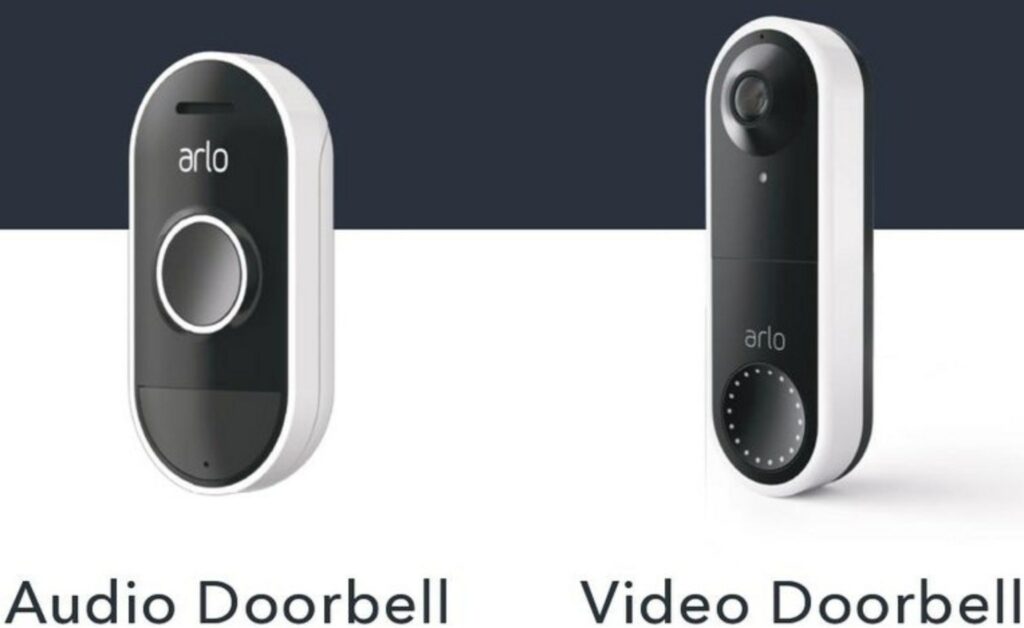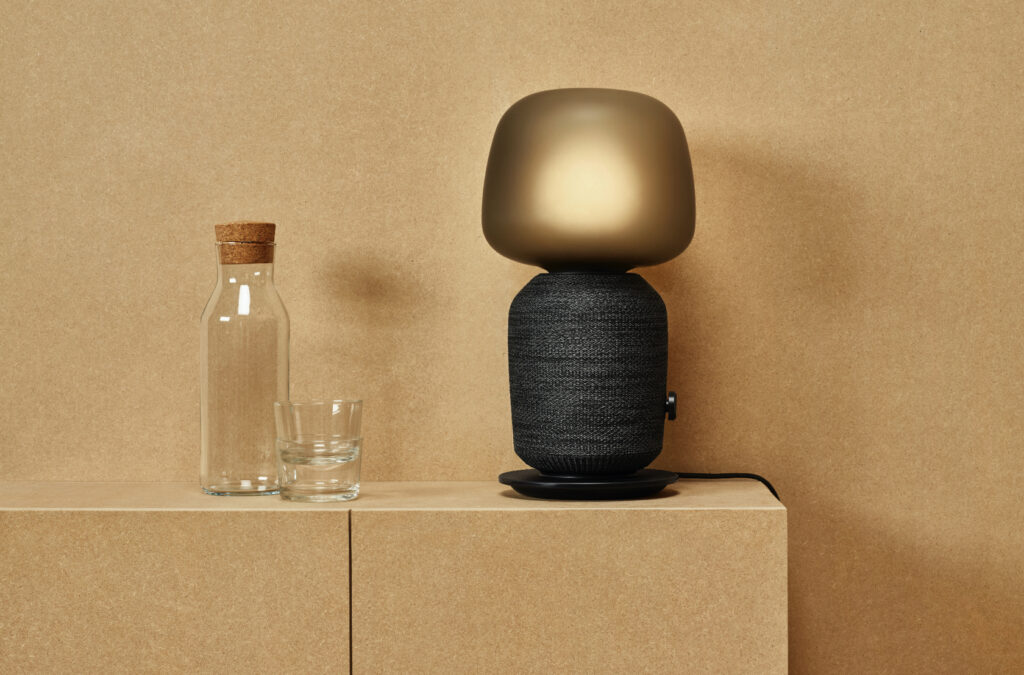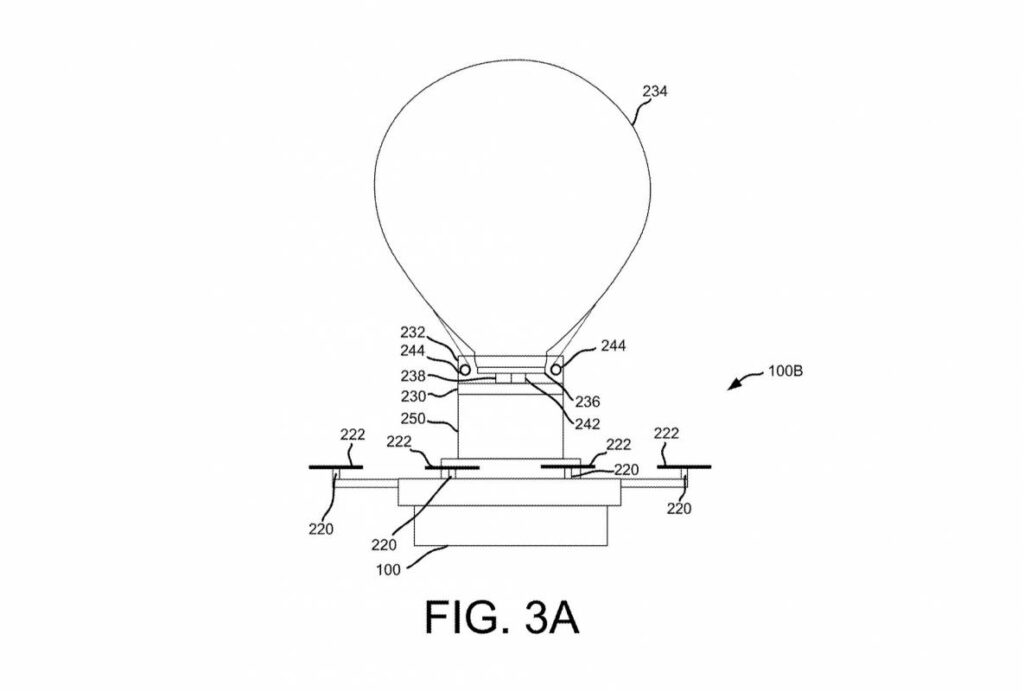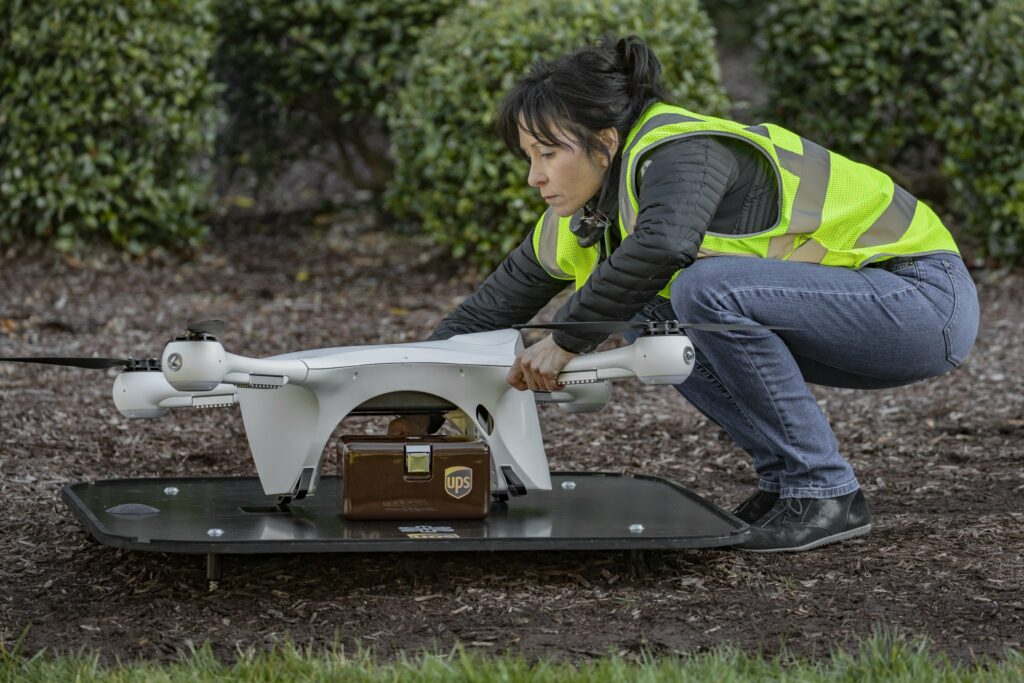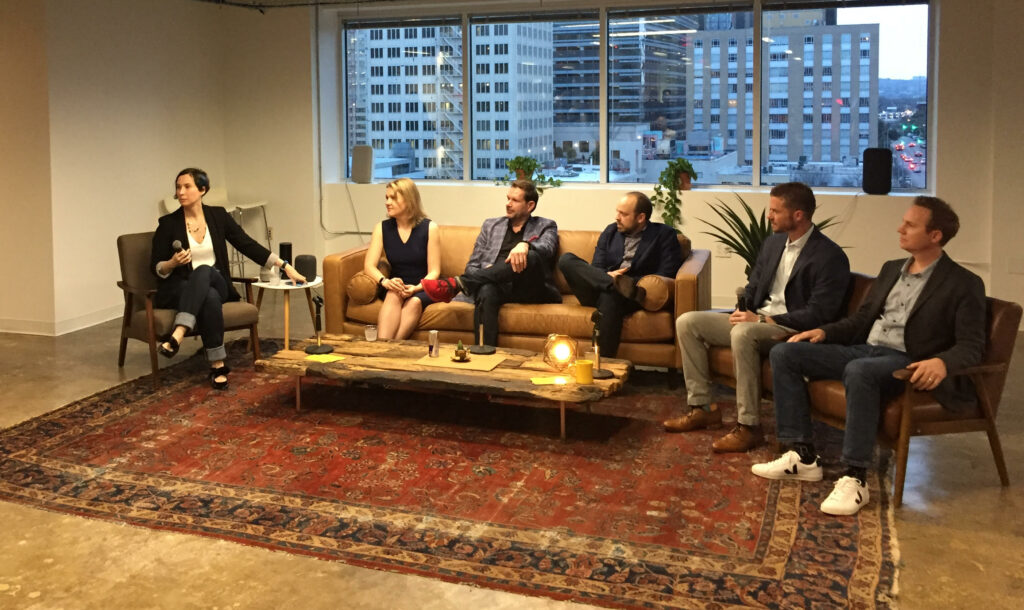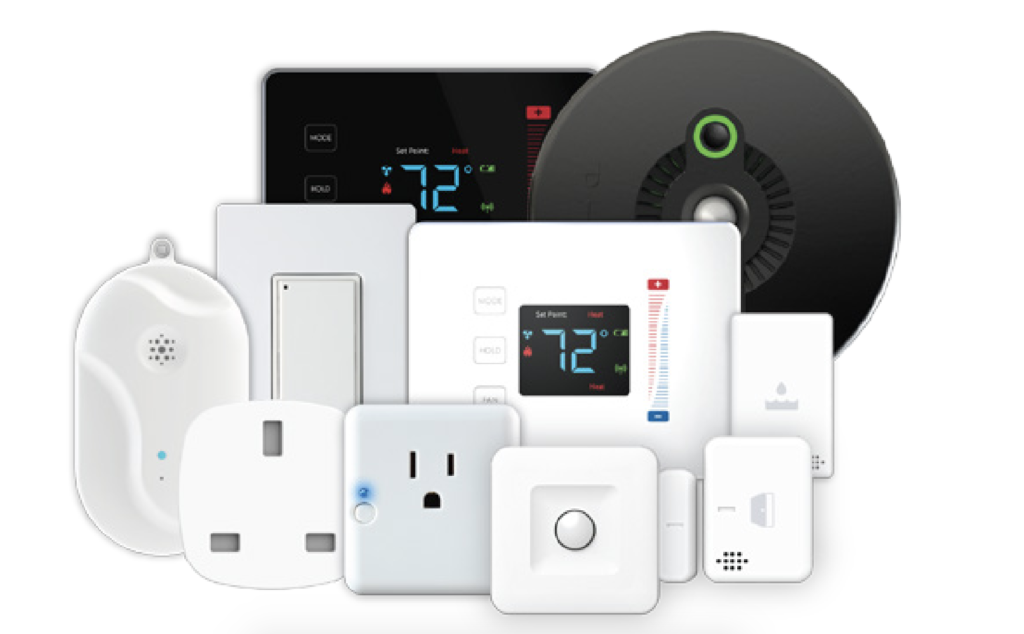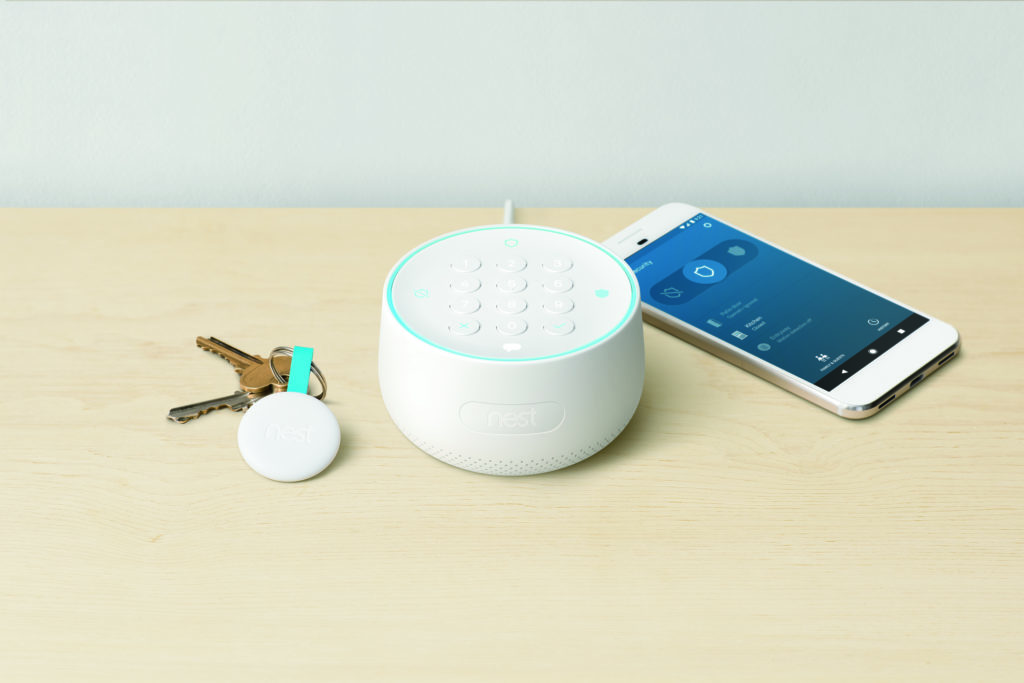This week Kevin and I mourn the end of Anki, the company behind Kevin’s beloved Vector robot. We also talk about the upcoming Google I/O, privacy expectations in apartments with connected devices and AT&T’s nationwide NB-IoT network. From there we discuss Congressional hearings on device security here and abroad in the U.K. In our quick news bits we talk about a $2,000 pool camera to detect drownings, the evolutions of Mozilla’s Project Things, Alexa speaking Spanish in the U.S., and Ford enabling Amazon Key for its 2017 and newer vehicles. Kevin found two good resources for the pro set. The first is a booklet on using a Raspberry Pi for computer vision and the second is a guide to using Microsoft’s IoT Hub. In this week’s voicemail, we deliver bad news to a gentleman searching for a way to help his parents avoid killing their garden.

Our guest this week touches on a topic many of our listeners will love — pets! Leonid Sudakov is the CEO of Kinship, a newly created business of Mars Petcare. Sudakov comes on the show to talk about the newly created business he’s running that combines connected gadgets and data analytics to understand the secret lives of our pets. He talks about what Kinship is looking for in partners and how technology can help people communicate with our companion animals.
Hosts: Stacey Higginbotham and Kevin Tofel
Guest: Leonid Sudakov is the CEO of Kinship
Sponsors: Software AG and IoT World
- Residents in Manhattan are suing over a connected door lock
- AT&T’s NB-IoT pricing is very compelling
- Would you buy a $2,000 device to prevent drowning?
- Connected collars and data analysis will give pets a voice
- Are we ready for telemedicine for pets?
Podcast: Play in new window | Download | Embed
Subscribe: RSS

